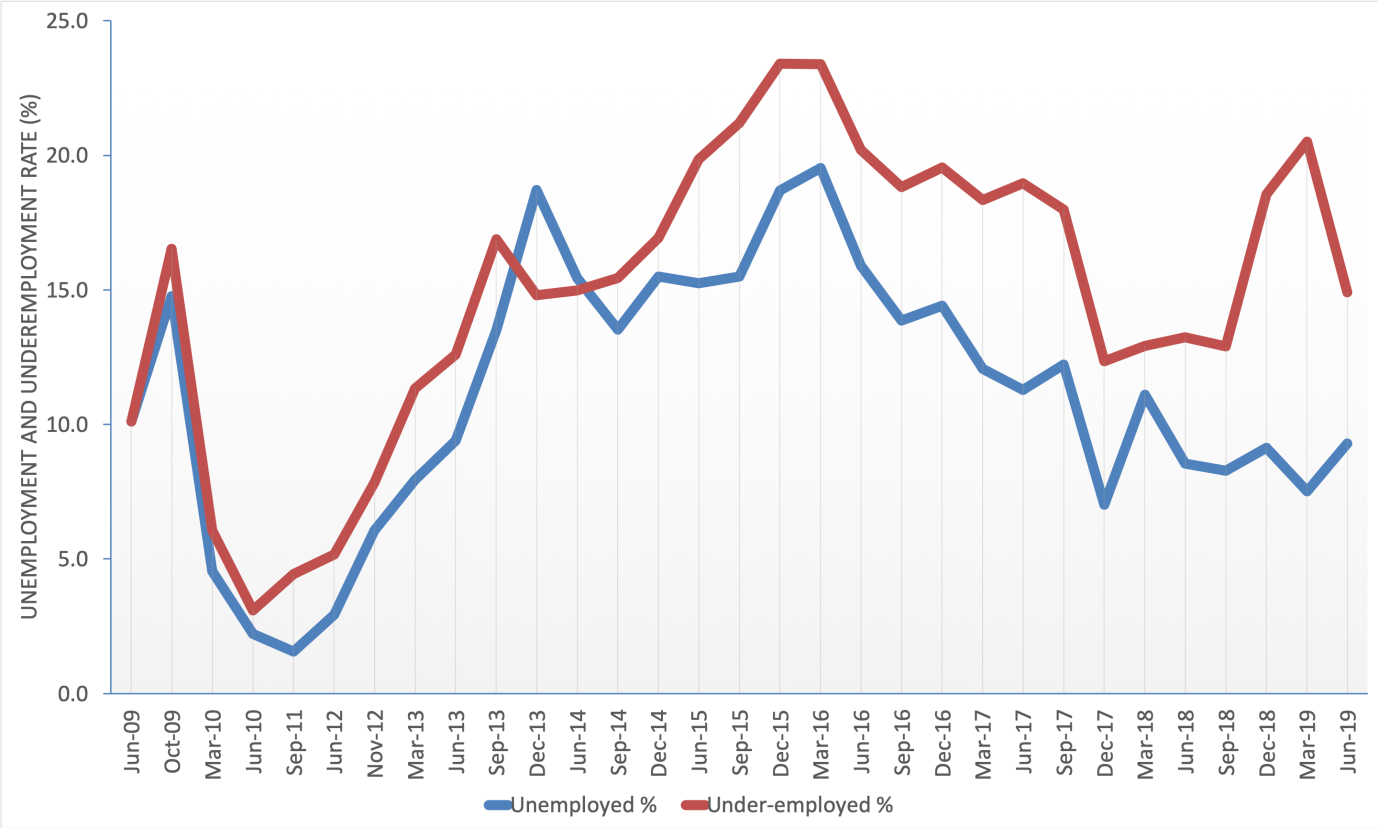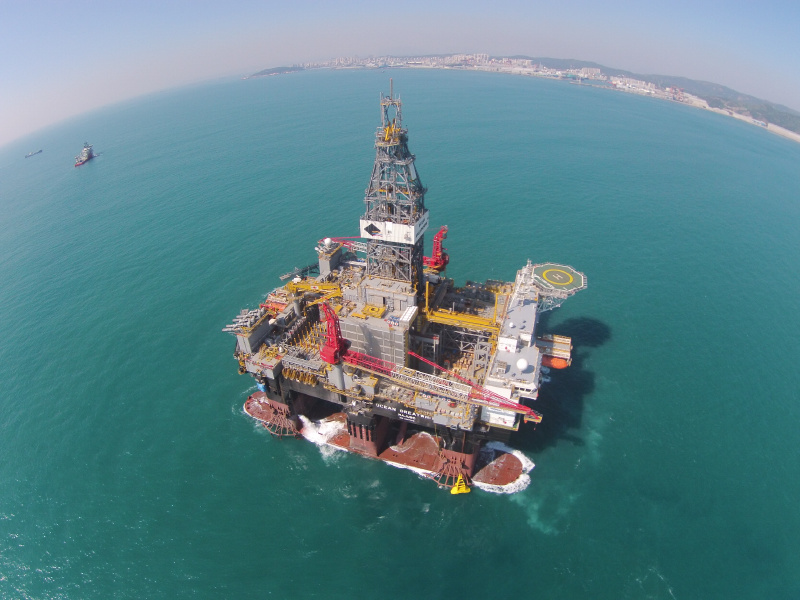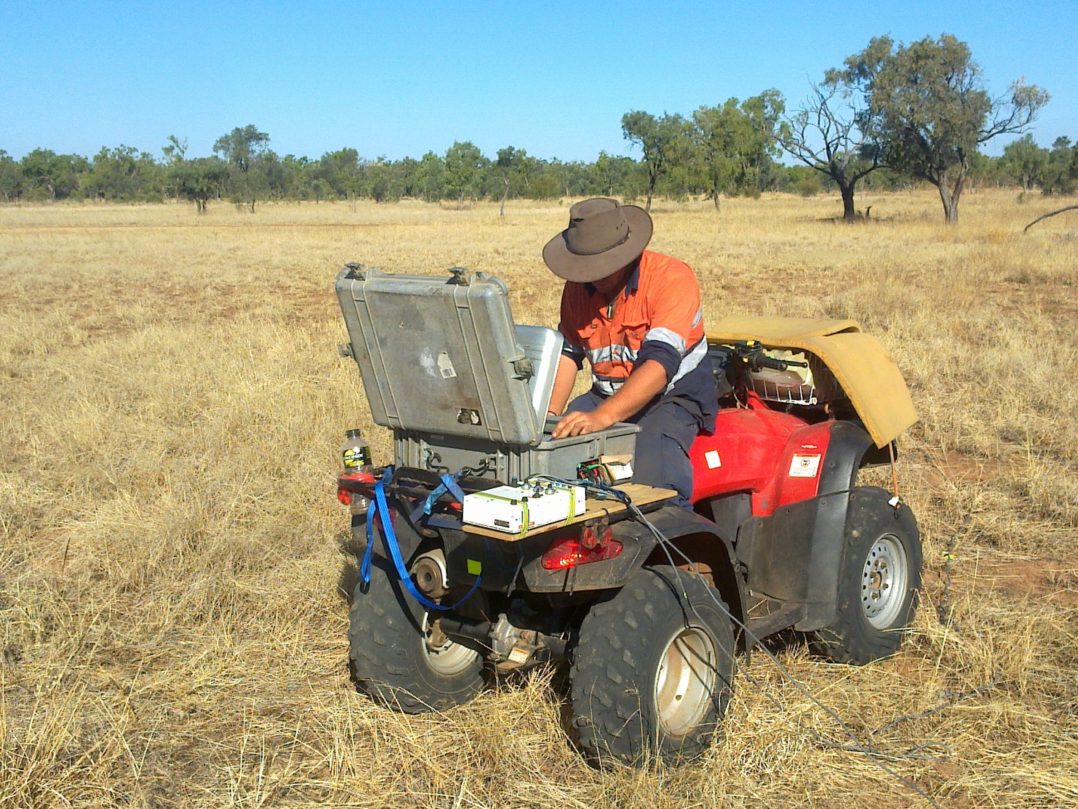Employment opportunities for Australia’s geoscientists continued to show a very slow-improving trend, despite disappointing results for the second quarter (April to June), an Australian Geoscientist Employment survey has established.
The second quarter setback saw unemployment rise from 7.5% at the end of March, to 9.3% at the end of June.
On the other hand, underemployment amongst self-employed geoscientists fell from 20.5% to 14.9% for the same period. The underemployment figure represents the proportion of self-employed geoscientists unable to secure more than one quarter of their desired workload.
The survey was completed by 734 respondents nationally. Some 66% of respondents worked or sought work in mineral exploration. A further 18% worked in metalliferous mining, while 5% of respondents worked or sought work in energy resource exploration and production.
Half of Australia’s geoscientists who are currently unemployed have been without work for more than 12 months. A similar proportion sees little prospect of regaining employment in their field in the year ahead. Almost one in ten unemployed geoscientists are looking to leave the profession, seeking more stable employment.
“The depressed employment prospects for geoscientists are a surprise given mineral exploration expenditure rose during the June quarter according to Australian Bureau of Statistics figures released last week although mineral exploration drilling declined,” AIG President, Andrew Waltho said.
“There is little doubt that junior exploration and mining companies especially are experiencing difficulty raising capital to fund new exploration and producers are having to deal with considerable uncertainty and price volatility, at least partly due to trade tensions between the USA and China” Mr Waltho said.
“The increase in work secured by self-employed geoscientists is most welcome, especially in light of the sharp increase in under-employment observed in the previous survey,” Mr Waltho said.
“Long term unemployment is the big issue in these figures. Half of Australia’s unemployed geoscientists have been without work for 12 months or more, and a similar number see no new opportunities on the horizon,” he said.
“Professional institutes, including AIG, are doing whatever we can to help members remain in touch with their colleagues and peers and maintain their skills, but it’s pretty hard to remain motivated when industry conditions appear to be stagnant,” Mr Waltho said.
The employment situation varied significantly between states in the latest survey results.
The lowest levels of both unemployment and under-employment were recorded in Western Australia. Unemployment amongst professional geoscientists fell from 8.5% at the end of March to 7.8% at the end of June, while under-employment fell from 17.6% to 11.0% for the same period.
Victoria recorded the largest fall in the unemployment rate, from 11.8% at the end of March to 5.9% in June. Under-employment in Victoria also fell from 17.6% at the end of March to 14.7% at the end of June.
Queensland, New South Wales, South Australia all recorded increases in both unemployment and under-employment. Only a small number of responses were received from geoscientists working in the Northern Territory and Tasmania, which indicated near-full employment of small pools of local geoscientists.




